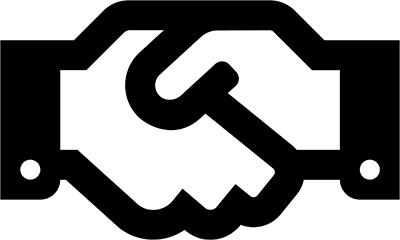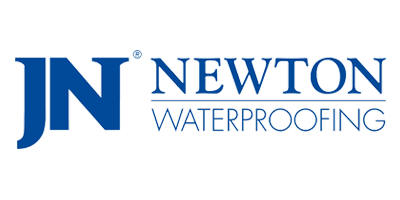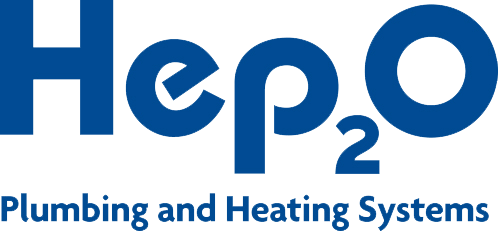Back
Local Search in 2025: What Works Now
Local search is no longer about just claiming a Google Business Profile and waiting for calls. After the June–July 2025 core update (30 June to 17 July), Google has tightened the rules. Now, your visibility depends on how well you combine consistent engagement, accurate business data, high-quality local content, and genuine customer interactions.
At Purplex, we’ve helped clients in competitive areas move from page 4 to page 1 and into the Google Local Pack and AI Overview by applying these updated tactics. This guide is a practical blueprint based on real results to help your business get found by local customers.

1. Keep Your Google Business Profile Alive
Google is rewarding active profiles, not just completed ones.
We see GBP as your public shopfront, it needs regular attention.
What’s working now:
- Posting weekly updates with images, offers, or seasonal services
- Uploading new photos, real workplace shots outperform stock images
- Answering every review within 48 hours
- Using the Q&A feature to pre-answer common customer queries
- Monitoring which photos and posts get the most clicks, then doubling down on those styles
Purplex example:
A local window installer we manage saw a 38% increase in calls within 6 weeks after we began weekly GBP posts and refreshed their photos.
2. Build Hyper-Local Content That Feels Local
Google’s BERT and subsequent updates make it better at reading context.
That means “we do plumbing in Bristol” isn’t enough.
Our approach:
- Create dedicated service pages for each town or neighbourhood served
- Add customer stories tied to those locations
- Use headings that match local search intent: e.g., “Kitchen Design in Clifton – Recent Projects”
- Optimise with the LocalBusiness schema for rich result potential
Why it matters:
One Purplex-managed roofing site now holds five page-one positions in different towns because of targeted location pages backed by customer reviews.
3. Treat Reviews Like Fresh Fuel
Google is now factoring in review velocity a steady flow of recent reviews beats a high but stale rating.
Practical tips:
- Ask for reviews at the exact moment you finish a job
- Include direct GBP links in follow-up messages
- Reply to every review, positive or negative, within two days
- Mention relevant keywords naturally in your replies (e.g., “Thank you for choosing us for your bathroom renovation in Taunton”)
4. Earn Quality Local Links and Citations
Still relevant in 2025 but quality beats quantity.
What we do for clients:
- Audit every citation to remove duplicates or fix wrong NAP details
- Get featured on local news sites, event pages, and community organisation websites
- Use sponsorships to secure both in-person visibility and authoritative backlinks
5. Watch Your User Behaviour Signals
Post-July update, click-through rate (CTR), dwell time, and bounce rate appear to play a bigger role in local rankings.
Optimisation steps:
- Test meta titles and descriptions to improve CTR in Search Console
- Add before/after photos and videos to keep users scrolling
- Make service pages easy to scan on mobile most local searches are mobile-led

What Should You Know About Local Search?
Local search changes fast and most businesses struggle to keep up.
Whether it’s how Google Business Profiles work, how to improve rankings in your area, or why your business isn’t showing up at all, we hear the same questions from companies across construction, glazing, home improvement, and more. Below, we’ve answered the most common local SEO questions to help you get clarity and take the right next steps.
What regular updates should I make to my Google Business Profile?
Post weekly, update photos monthly, answer Q&A and reviews quickly.
How do I create content that ranks locally?
Write for real people in your service area include location names, stories, and genuine images.
Why do fresh reviews matter?
They show Google (and customers) you’re active, trusted, and delivering recent work.
Which local links are worth getting?
Links from reputable, location-relevant sources like local press, councils, and event websites.
Does mobile speed really affect my local ranking?
Yes, Google measures user experience, and slow mobile pages lose visibility fast.
Local Search Success Checklist
| Task | Description |
| GBP details up-to-date | Categories, hours, contact info correct everywhere |
| Weekly GBP activity | Posts, fresh images, prompt review replies |
| Local service pages live | Neighbourhood or town-specific pages with schema |
| Citation audit complete | No duplicates, consistent NAP |
| Review strategy active | Steady flow of new customer reviews |
| CTR testing ongoing | Titles and meta descriptions monitored in Search Console |
| Local backlinks in place | From local media, events, community pages |
| Engagement metrics checked | Bounce rate, dwell time reviewed monthly |
| Mobile speed optimised | Fast load times on all devices |
Related Articles
If you found this local search guide useful, you may also like:
- What are the benefits of Google My Business
- 3 tips to keep ahead in local search
- How to generate more from your Google My Business profile
- SEO help – why is local traffic not finding my site?
- How to get the edge over other local businesses

Ready to Improve Your Local Search Rankings?
Improving your local search visibility takes a proven strategy, consistent activity, and the right expertise. At Purplex, we work with home improvement, construction, and building product companies to grow their local presence through Google Business Profile optimisation, targeted location content, and review management.
Take the next step today:
- Book your free local search audit to see where you can improve.
- Contact us to discuss your local marketing goals.
- Call us on 01934 808132 or email grow@purplexmarketing.com.
Let’s make your local search presence work harder, reach further, and turn more searches into paying customers.
About the Author – Martyn East
As an SEO Executive at Purplex, I specialise in local SEO and Google Business Profile optimisation.
My role focuses on helping companies in construction, glazing, and home improvement improve their search visibility, generate local leads, and build long-term rankings with consistent content and review strategies.
Learn more through our SEO services.
Connect with me on LinkedIn or see more of my articles:
Martyn East.
This entry was posted in Marketing Strategy






